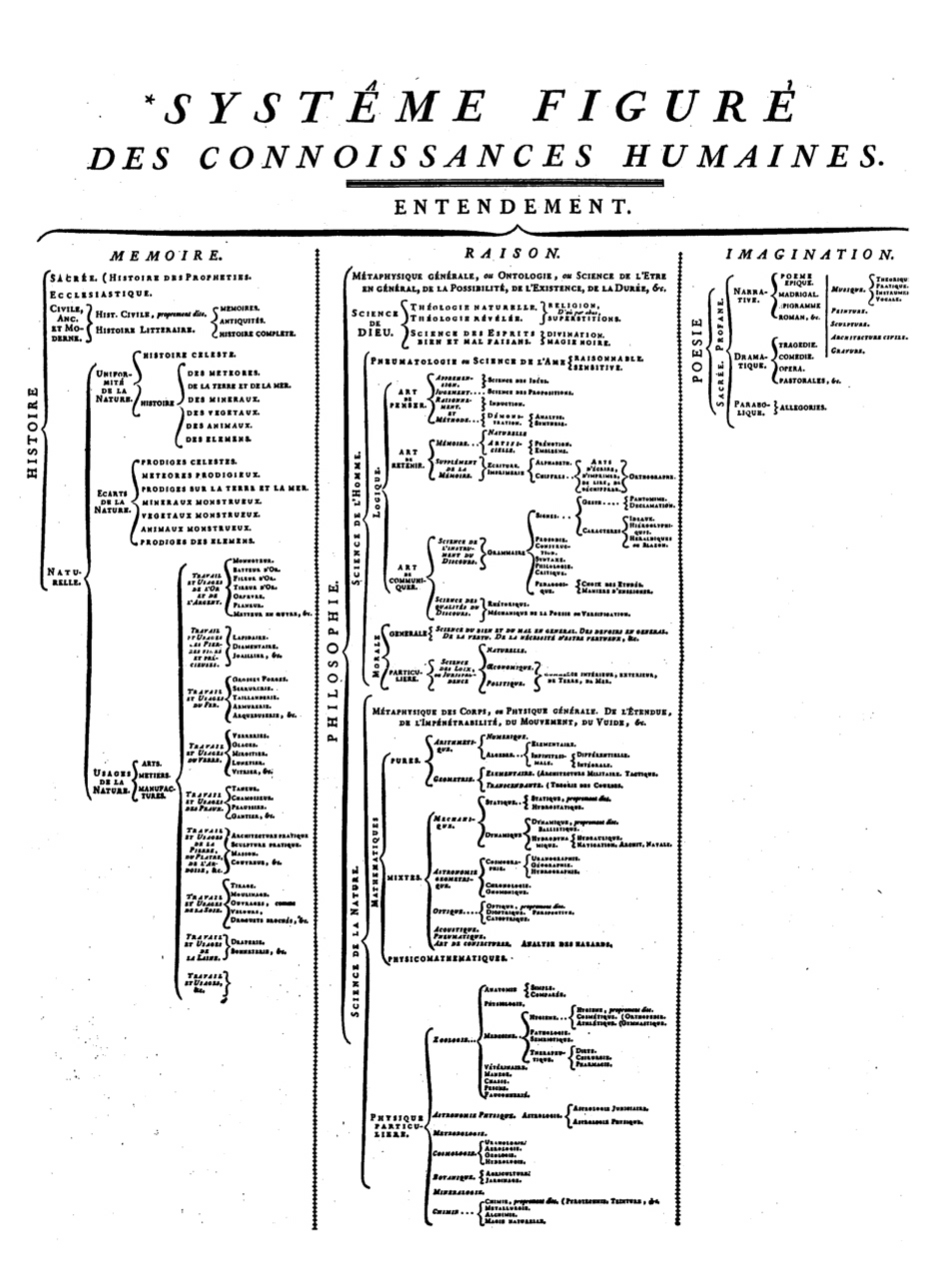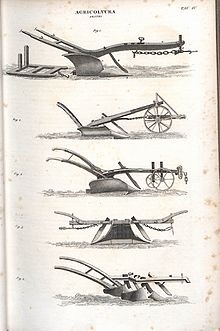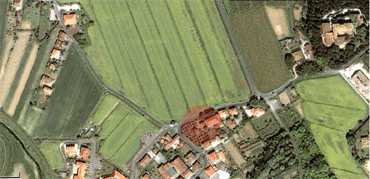MILL GLOSSARY
Bell crank a means of turning a pulling motion at right angles. Two arms at right
angles are mounted to pivot about a point between their tips.
Cog and rung gears a gear system in which plain, unshaped teeth engage with a set of
staves held between two flanged rings.
Cycloidal gears gears formed to a precise profile so that when they engage they roll
along the face of the teeth to give a smooth motion and not the striking effect of the
cog and rung gear.
Fantail a means of turning a windmill into the wind automatically. This consists of a
set of blades mounted at the back of the mill at right angles to the sails, which rotate
the cap by means of a gear train.
Grain elevator a series of small rectangular buckets mounted on a continuous belt
inside a double wooden shaft. Grain is poured in at the bottom of the rising shaft so
that it falls into the buckets which empty themselves into a hopper at the top when
the belt goes over the top pulley.
Great spur wheel mounted on the upright shaft in a mill, drives the millstones by
means of the stone nuts and stone spindles.
Greek mill a mill in which a horizontal waterwheel is mounted on the same shaft as
the runner millstone. As the horizontal waterwheel turns so the runner millstone is
turned at the same speed. This type of watermill is in common use from Portugal
across the Mediterranean area.
Hemlath the longitudinal member at the outer edge of a sail frame.
Horizontal feed screw a means of carrying meal horizontally in a watermill. A rotating
shaft in a long square box or sheet metal tube carries a continuous screw of sheet
metal or a series of small paddles set in a screw form. The meal is pushed along to
the appropriate opening by the motion of the screw.
Horizontal waterwheel a waterwheel mounted to rotate in a horizontal plane so that
its rotation is transmitted into the mill by means of a vertical shaft.
Hurst frame the frame of stout timbers which carry the millstones. Often this frame is
independent of the structural timbers of the mill.
Impulse wheel waterwheels, or more particularly turbines, which are driven by the
pressure of the water being forced on them through a nozzle, rather than by the
weight of water flowing on to them directly.
Lantern gears and pinions gears (resembling a lantern) having staves between two
flanges, turned by pegs on the rim of another wheel.
Mortice wheel a cast-iron wheel in which sockets in the rim are set to receive wooden
gear teeth.
Moulin pendant a form of watermill still to be found in France in which an undershot
waterwheel is suspended in a frame so that the whole can be raised or lowered to
meet variations in the water level caused by flood water.
Norse mill another name given to the drive system found in the Greek mill (q.v.). This
form of mill still exists in Scandinavia and was common in the north of Scotland
and the Faroes.
Overshot waterwheel a waterwheel in which the water is delivered to the top of the
wheel so that it turns in the direction of flow.
Panster Muhle the German equivalent of the French moulin pendant (q.v.) which can
still be found in the German Democratic Republic. In some instances the frame
carrying the waterwheel is hinged and raised by chains and large man-operated
lifting wheels.
Pit wheel name given to the first gear wheel in a watermill mounted on the waterwheel
shaft. Because of its large size it usually runs in a pit on the inside of the wall which
separates the waterwheel from the mill machinery.
Querns name given to primitive hand-operated millstones. These can be stones
between which the grain is ground by rubbing or in which an upper flat-faced
circular stone is rotated over a fixed flat-faced stone.
Stream waterwheel waterwheel in which there is no head of water but in which the
floats are driven round by the flow of water striking them.
Tail water the water emerging from the bottom of a waterwheel while it is turning.
Undershot waterwheel a waterwheel in which there is a small head of water driving
the wheel around. The water hits the wheel at about 60° below the horizontal line
through the centre of the wheel.
Vertical waterwheel waterwheel mounted on a horizontal axis and rotating in a
vertical plane.
Vitruvian mill the simplest form of watermill with a vertical waterwheel. The
waterwheel is coupled by a pit wheel to a single runner millstone by means of a gear
on the stone spindle. It is so called because it is described by Vitruvius in the tenth
book of De Architectura which was published in about 20 BC.
Wallower a gear wheel which transmits the drive from the pit wheel to the upright
shaft in a watermill or from the brake wheel on the windshaft to the upright shaft in
a windmill.










